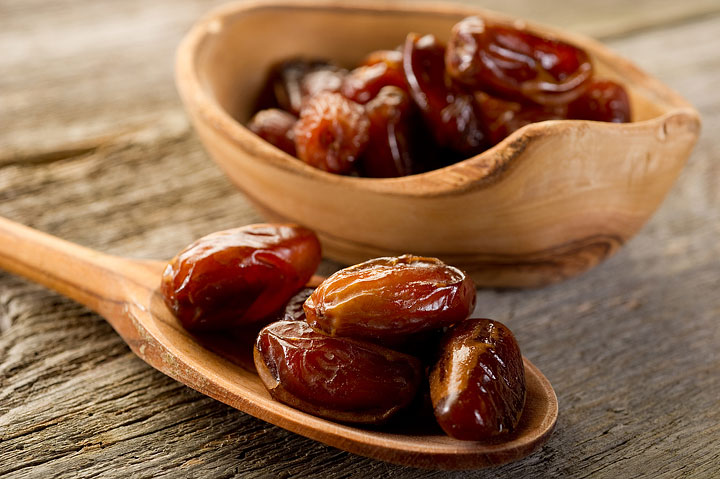
While dates don’t appear to be particularly special with their oddly wrinkled, brown exterior, they’re satisfyingly chewy and flavorful. Undoubtedly a favorite since the Garden of Eden, dates are considered a drupe because they contain a single pit or stone at the center.
Date palms, which produce these little beauties, were brought to America’s Western coast by Spanish missionaries in the late 1700s. Medjool dates, which originated in Morocco, were introduced in the U.S. in 1927 when 11 shoots were placed in quarantine in Nevada for seven years. The nine plants that survived were taken to Southern California in 1935, where 24 offshoots were planted in 1944.
Reportedly the most labor intensive to grow and harvest, medjools are not only one of the most prominent varieties – they are the only one that can be picked and eaten fresh.
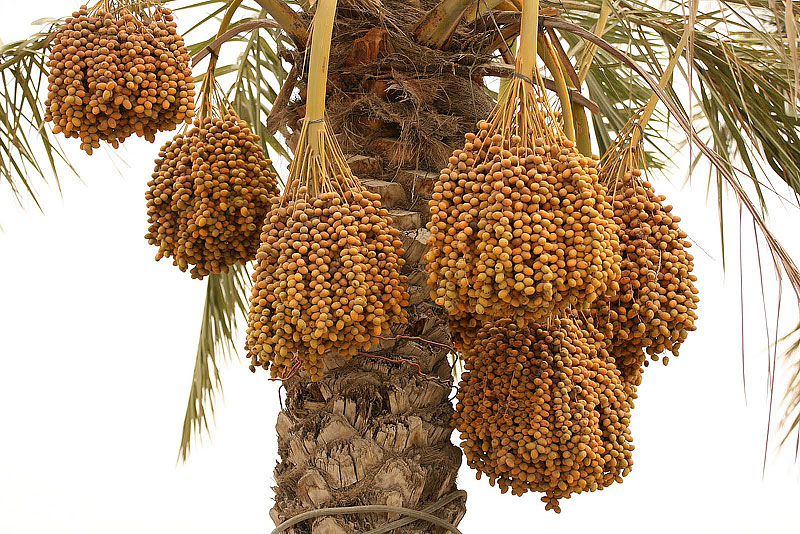
Date palms begin to bear fruit at three to five years, and are fully mature at 12 years. Cultivated in arid regions of the world, wild populations can still be found around Jordan and the border between Iran and Iraq. Popular uses around the world include date vinegar, chutney, date paste for bakery products, flavorings and roasted whole date seeds. The tree’s buds (hearts of palm) are tasty additions to salads.
Health Benefits of Dates
When it comes to the number of minerals, vitamins, and health-benefiting phytonutrients in dates, suffice it to say there are a lot of them. First and foremost, they’re easily digested, allowing your body to make full use of their goodness.
Dietary fiber in dates helps to move waste smoothly through your colon and helps prevent LDL (bad) cholesterol absorption by binding with substances containing cancer-causing chemicals. The iron content, a component of hemoglobin in red blood cells, determines the balance of oxygen in the blood. Potassium, an electrolyte, helps control your heart rate and blood pressure. B-vitamins contained in dates, such as the carotenes lutein and zeaxanthin, absorb into the retina to maintain optimal light-filtering functions and protect against macular degeneration.
Want more? They contain vitamins A and K. Vitamin A protects the eyes, maintains healthy skin and mucus membranes, and even protects the lungs and mouth from developing cancer. Tannins, which are flavonoids as well as polyphenolic antioxidants, fight infection and inflammation and help prevent excessive bleeding (anti-hemorrhagic). Vitamin K is a blood coagulant that also helps metabolize your bones.
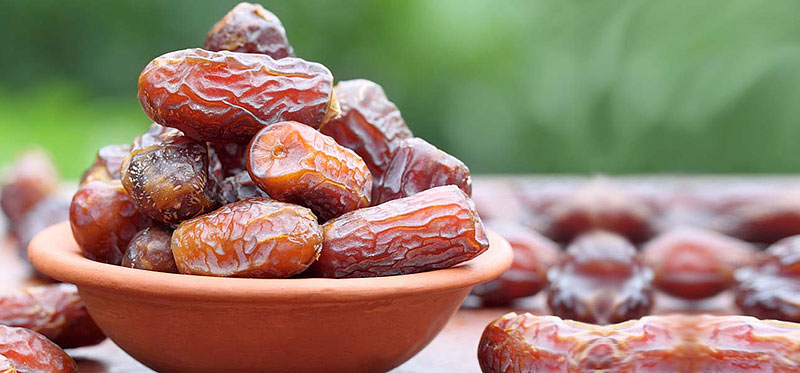
Copper, magnesium, manganese, vitamin B6 (pyridoxine), niacin, pantothenic acid, and riboflavin are also present in dates and provide their own unique preventive and healing functions.
Together, these co-factors help your body metabolize carbohydrates, protein, and fats. Eating dates in moderation can contribute to many health benefits, such as protecting against damage to cells from free radicals, helping preventing a stroke, coronary heart disease and the development of colon, prostate, breast, endometrial, lung, and pancreatic cancers.
Dates Nutrition FactsServing Size: 1 oz. of pitted dates (28 grams) | ||
|---|---|---|
Amt. Per Serving | ||
| Calories | 78 | |
| Carbohydrates | 21 g | |
| Sugar | 19 g | |
| Fiber | 2 g | |
| Protein | 1 g | |
Studies Done on Dates
Cadmium, a well-known testicular toxicant, was tested against date palm pollen extract for therapeutic potential and ability to avert reproductive damage. The results supported scientists’ hypothesis that not only are the testicles vulnerable to cadmium toxins, but that date palm pollen extract treatment can also amend its deleterious effects, probably by activating testicular endocrine and antioxidant systems.
Another study reported the most prominent health benefits of dates: there are at least 15 minerals in dates, including selenium, an element believed to help prevent cancer and important in immune function, protein, containing 23 types of amino acids, some of which are not present in the most popular fruits, such as oranges, apples, and bananas. Unsaturated fatty acids include palmitoleic, oleic, linoleic, and linolenic acids. The study concluded that dates could be considered a nearly ideal food, with a wide range of essential nutrients and potential health benefits.
Dates Healthy Recipe: Date Butter
Creamy date butter can be made in any amount. It’s one of those recipes that changes each time you make it because the ingredients aren’t necessarily measured. You also can add other dried fruits such as raisins and/or prunes if you wish. The spice list can be altered to fit your own tastebuds.
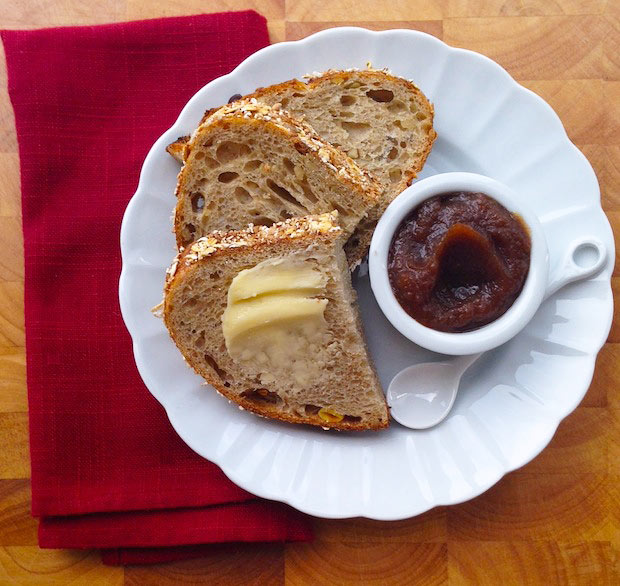
Ingredients:
- 2 cups of dates
- 2 tsp. fresh lemon juice
- Water
- ¼ tsp. cinnamon
- ¼ ground nutmeg
- ¼ ground cloves
- ¼ ground ginger
Procedure:
- Place dates in a saucepan and add water to cover two-thirds of the fruit. Add lemon juice. Bring to a rolling boil, cover with a lid part-way to allow steam to escape.
- Reduce heat to low. Depending on ingredients, cook time and moisture, it may take anywhere from 10-30 minutes to reach the right consistency, which is evidenced when a tablespoon can stand straight up in the middle of the mixture without falling to the side.
- Cool mixture a bit then place in a food processor and process until smooth. It may have a few lumps, but that’s okay!
- Store in refrigerator for up to a few weeks and in freezer indefinitely. Wonderful on toast or even added to baked breads, cakes, etc.
Dates Fun Facts
Dates were mentioned several times in the Bible, probably ancestors to the oldest-known seed planted successfully in modern times.
In 1963, a date palm seed was discovered at Masada, an ancient fortress where, in 70 A.D., a large group of Jewish families killed themselves rather than face capture by the Romans. Planted in January 2005, the ancient date palm, named “Methuselah,” is now four feet tall.
Summary
From the primeval banks of the Tigris and Euphrates rivers, the date palm has provided the Phoenix dactylifera – the botanical name for dates – as an important food and medicinal source throughout the world.
Iron for your blood, fiber for roughage, vitamin A for your eyes, potassium for your heart, B-vitamins, tannins – these are just a few of the many nutrients in dates, making them one of the healthiest foods in the world. They have a noble history that healers have used through centuries for many of the same properties they’re used for today.
Dates are a wonderful snack all by themselves. But make sure you eat them in moderation, as fruits can contain high levels of fructose that can harm your health. For a new twist, try stuffing them with a mixture of chopped raw almonds and walnuts, and raw cream cheese for a delicious, nutritious – and completely unique – hors d’oeuvre.

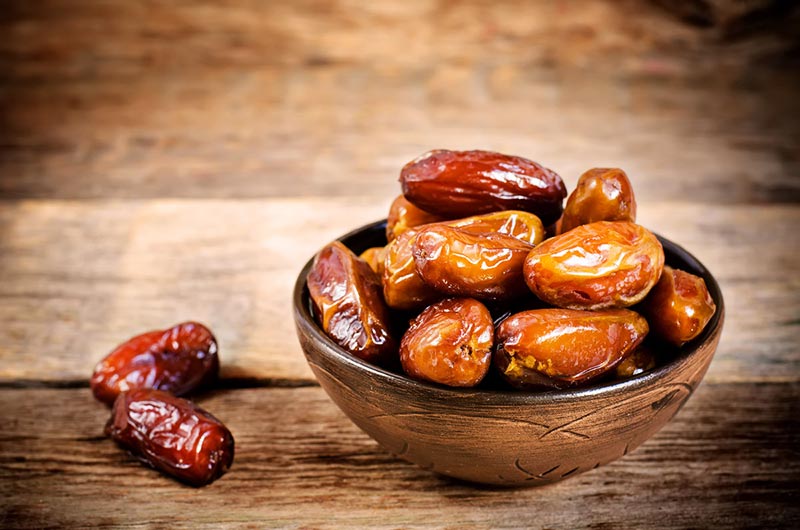
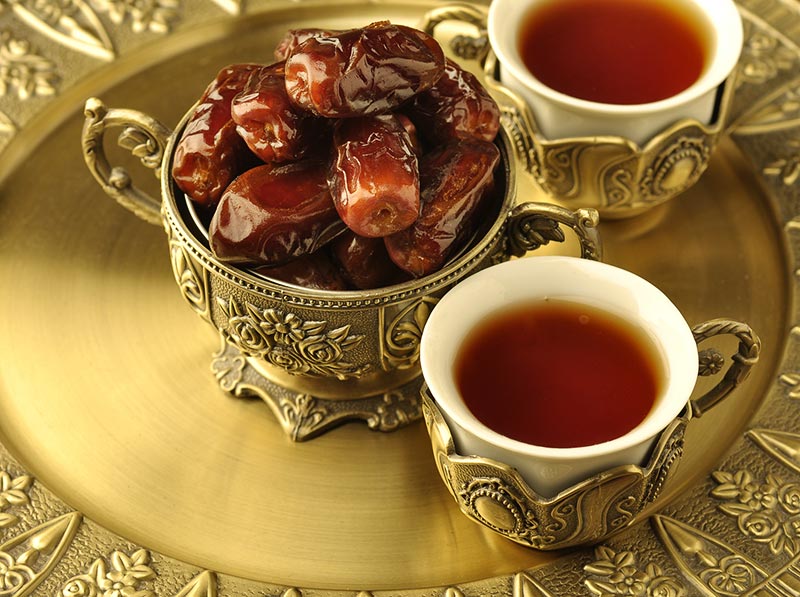
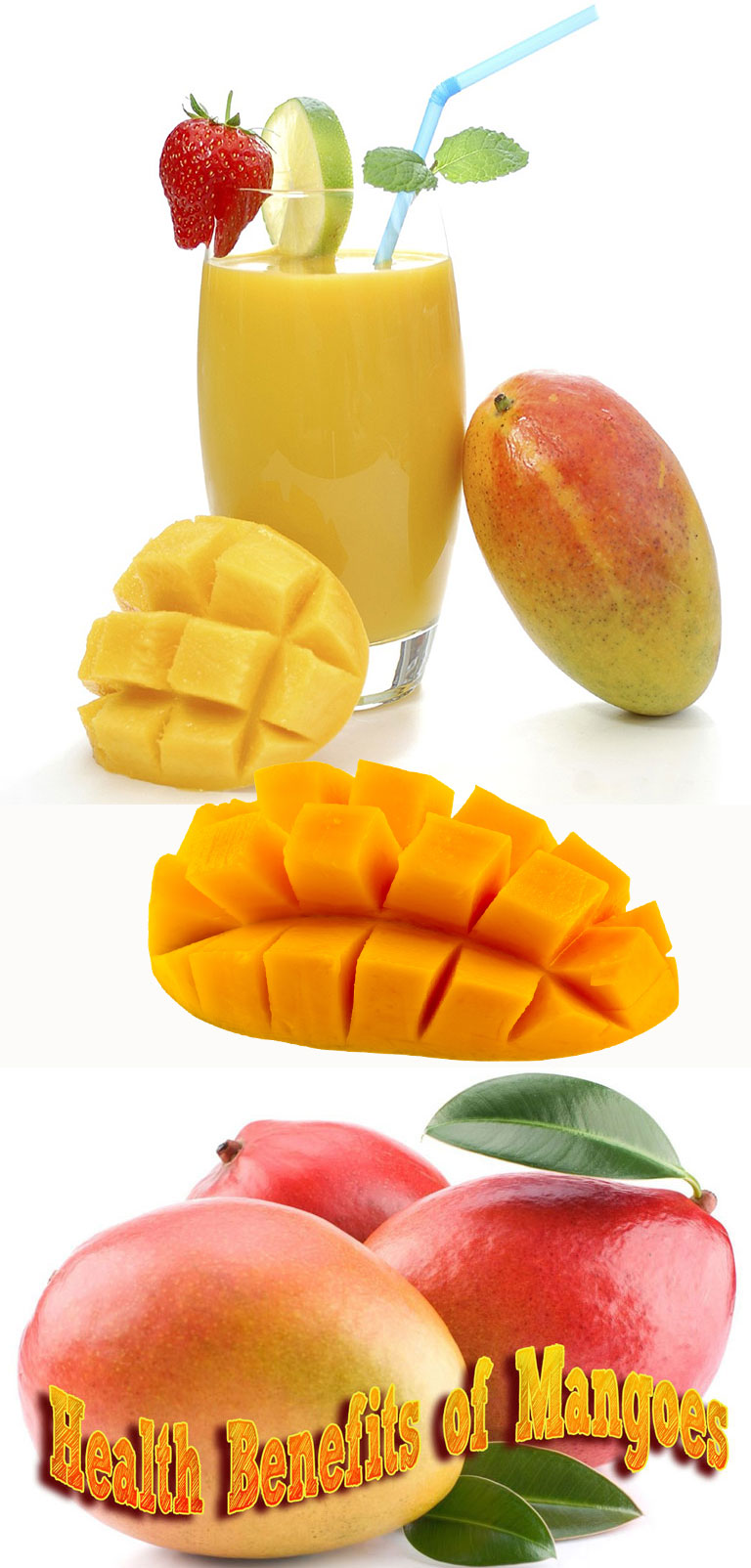
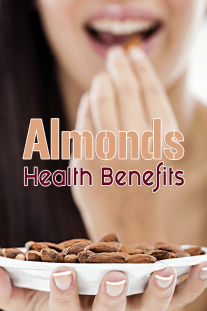

Leave a Reply